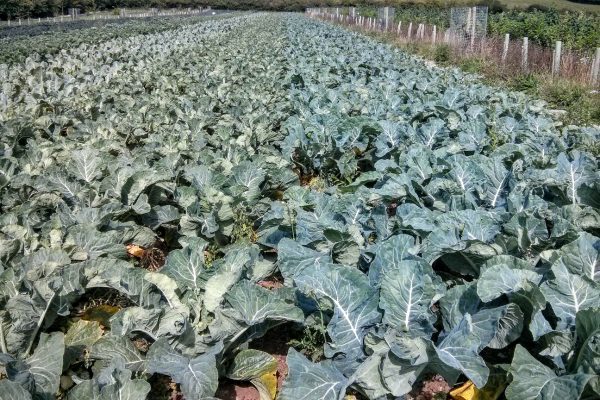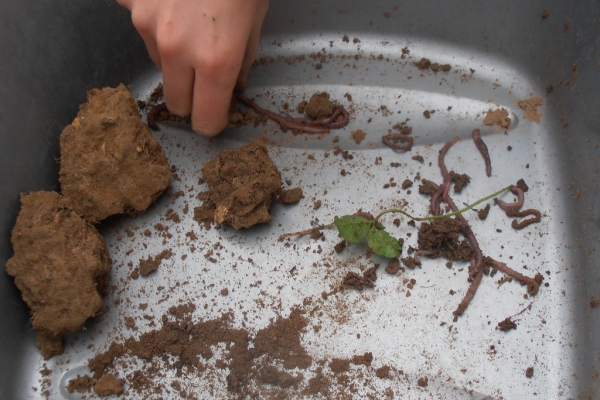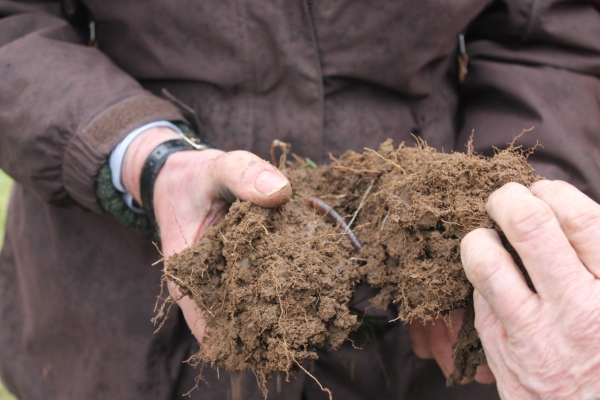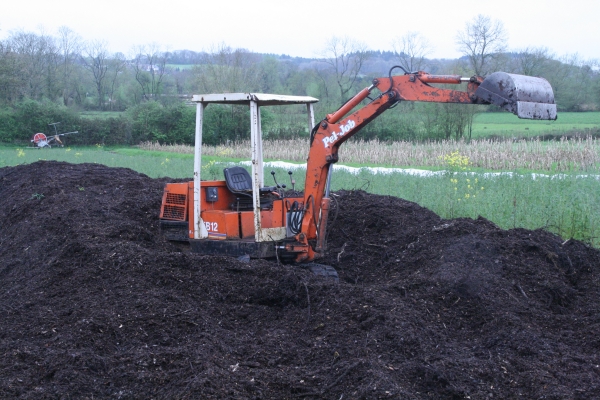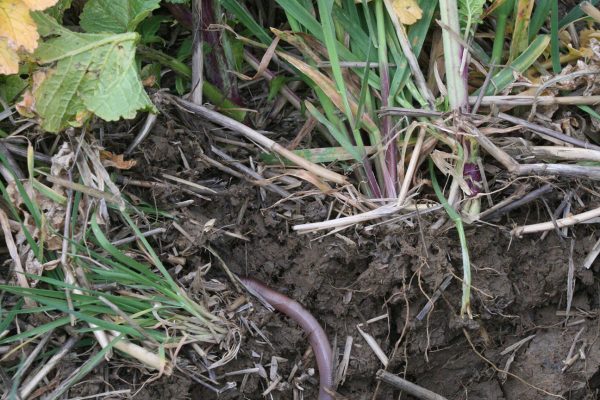Which nutrient management system to use?
GREATSoils factsheet
Resource explained
Regular soil tests and the recommendations associated with them can be vital tools to help ensure the best possible crop yield and quality from any soil type. The main fertiliser recommendation system used in the UK is set out in the Nutrient Management Guide (RB209). Many Scottish growers use the SRUC Technical Notes, which have been developed specifically for Scottish soils. They rely on soil analysis conducted using different methods to those, typically used in England. This GREATSoils factsheet looks at the difference between the two systems, how to collect a soil sample, nitrogen recommendations, and includes a couple of farmer case studies.
Findings & recommendations
- It is important to choose a system and stick to it – it is much easier to compare soil test results over time if they have all been conducted using the same method. Keep records of weather, soil conditions during key crop management operations and the growth, appearance and yield of crops. There is evidence that growers who keep good records have a much better understanding of factors affecting crop quality and yield and can better react with appropriate management practices when things go wrong.
- The availability of phosphate (P) and micronutrients is heavily dependent on soil pH being optimal for production. Regular pH testing and liming (where required) will ensure optimal availability of these essential crop nutrients. While there is some evidence that the Scottish soil analysis method for P is more appropriate for Scottish soils, the most important thing is that you continually use the same system. Both systems will work well if properly used.
- The recommendations in both RB209 and the Scottish Technical Notes are necessarily broad. Every soil, system and grower is different – walk crops regularly and observe them during their growing seasons to determine whether growth, quality or yield is patchy or poorer than expected and be prepared to investigate.
Header image – ‘In the soil pit with Julia Cooper. Courtesy of the Organic Research Centre. All Rights Reserved

